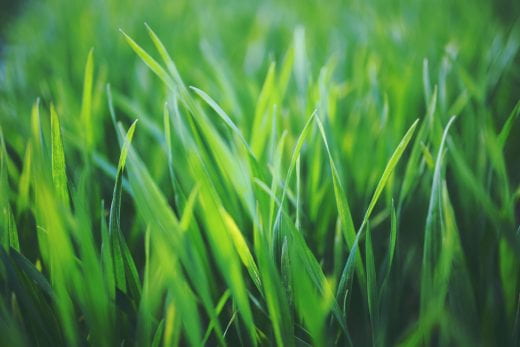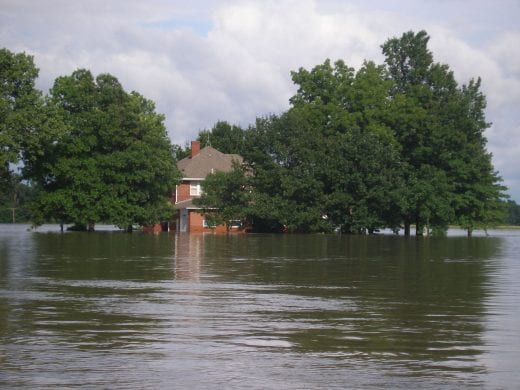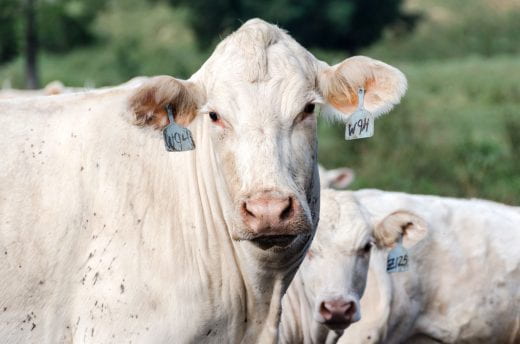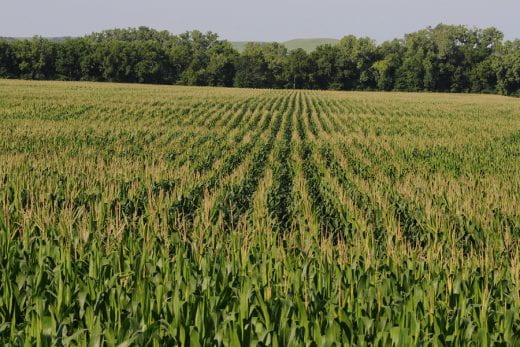Welcome to Better Kansas. Where every Thursday we shed light on events, resources and other information designed to make your life, businesses, communities and state better. Don’t forget to hit subscribe! – Mary Lou Peter mlpeter@ksu.edu
Better Living, Better Communities
FOR MANY EVENTS, WE PREPARE. Planning a wedding? The to-do list is a mile long. Expecting a baby? Another crazy list. But disasters happen every year in Kansas, and most of us are woefully unprepared. We’ve had tornadoes, floods and blizzards this year, with more extreme weather likely to come. It’s human nature to be in denial about bad things that might happen, but preparing ahead of time can make getting back to normal easier. Check out the Prepare Kansas blog and also look for resources on the FEMA page for National Preparedness Month. Thinking about being in denial reminds me of the Pam Tillis song Cleopatra: Queen of Denial. The mind does veer sometimes!
 WHAT DRIVES YOUNG ADULTS’ FINANCIAL DECISIONS? I don’t mean the occasional stop at Starbucks, but bigger-picture decisions like buying a home or saving for retirement? Student loan debt, which tops $1.5 trillion, is a top-of-mind factor. A section of the article Money Matters in the spring 2019 K-State Seek research magazine sheds light on this and other factors that drive young adults’ financial decisions. In addition, eXtension offers student loan related fact sheets for students and parents, including savings options, such as 529 plans, types of student loans, responsible borrowing, how student loans can impact your later life, plus information on recovering from student loan default. K-State Research and Extension is part of eXtension.org.
WHAT DRIVES YOUNG ADULTS’ FINANCIAL DECISIONS? I don’t mean the occasional stop at Starbucks, but bigger-picture decisions like buying a home or saving for retirement? Student loan debt, which tops $1.5 trillion, is a top-of-mind factor. A section of the article Money Matters in the spring 2019 K-State Seek research magazine sheds light on this and other factors that drive young adults’ financial decisions. In addition, eXtension offers student loan related fact sheets for students and parents, including savings options, such as 529 plans, types of student loans, responsible borrowing, how student loans can impact your later life, plus information on recovering from student loan default. K-State Research and Extension is part of eXtension.org.
 MUSIC CAN CONNECT US, SOOTHE US AND HAVE POWERFUL EFFECTS on our emotions like nothing else can. It can take us to a different place. And research shows that listening to music as a child can affect the way we think. Researchers believe that the complexity of classical music especially, primes the brain to solve spatial problems more quickly. Take a look at Building Baby’s Brain: The Role of Music to learn more.
MUSIC CAN CONNECT US, SOOTHE US AND HAVE POWERFUL EFFECTS on our emotions like nothing else can. It can take us to a different place. And research shows that listening to music as a child can affect the way we think. Researchers believe that the complexity of classical music especially, primes the brain to solve spatial problems more quickly. Take a look at Building Baby’s Brain: The Role of Music to learn more.
So maybe there WERE benefits to those squeaky 4th grade violin lessons despite your family’s cringes while you were practicing!
Better Farming, Ranching and Gardening
 SEPTEMBER IS A GREAT TIME TO GIVE YOUR LAWN A BOOST. Tips on seeding, overseeding and fertilizing plus power raking and core-aeration are outlined in a recent horticulture newsletter. And there’s more! Information on dividing peonies, thinking ahead for next year’s vegetable garden and current challenges for oak trees are also covered. And check out the video Fertilize for a Healthy Lawn.
SEPTEMBER IS A GREAT TIME TO GIVE YOUR LAWN A BOOST. Tips on seeding, overseeding and fertilizing plus power raking and core-aeration are outlined in a recent horticulture newsletter. And there’s more! Information on dividing peonies, thinking ahead for next year’s vegetable garden and current challenges for oak trees are also covered. And check out the video Fertilize for a Healthy Lawn.
 WHEN WE’RE HYPER-FOCUSED ON SOMETHING IT MAY FEEL LIKE WE’RE operating in a vacuum. That can be true of running a farm business or any kind of business. But stepping back and evaluating the growth and progress of your farm or other agricultural enterprise can help pinpoint strengths and weaknesses. Benchmarking against similar farms can also help you assess your financial position and inform your plans for the future. The Financial Benchmarking Tool was developed by K-State and the CoBank Research Fellow program to help agricultural producers, bankers, consultants and others benchmark their financial ratios with cohorts who are members of the Kansas Farm Management Association.
WHEN WE’RE HYPER-FOCUSED ON SOMETHING IT MAY FEEL LIKE WE’RE operating in a vacuum. That can be true of running a farm business or any kind of business. But stepping back and evaluating the growth and progress of your farm or other agricultural enterprise can help pinpoint strengths and weaknesses. Benchmarking against similar farms can also help you assess your financial position and inform your plans for the future. The Financial Benchmarking Tool was developed by K-State and the CoBank Research Fellow program to help agricultural producers, bankers, consultants and others benchmark their financial ratios with cohorts who are members of the Kansas Farm Management Association.
GOING THROUGH STRESSFUL TIMES IS EASIER WITH A BUDDY, RIGHT? Cattle feel that way, too. So, some cattle operations have installed cattle handling systems called the Bud Box, designed to reduce stress for animals and the humans working with them. I admit, when I first heard of the Bud Box I thought it was so named because cattle are more comfortable when other cattle are nearby. That is true – think herd instinct – but the Bud Box is named after stockman Bud Williams who designed the system. It does draw on basic principles of cattle behavior and movement, including that cattle want to be with other cattle. Other principles and more information are outlined in the publication, Designing a Bud Box for Cattle Handling.
—
For more resources and activities, contact the K-State Research and Extension office in your area. Check out our other blogs and subscribe to our weekly emails here: https://www.ksre.k-state.edu/news/blogs/












 RECENT REPORTS OF DOGS DYING in North Carolina and Texas prompt me to remind pet owners, livestock owners and those of us who like to slip into a pond or lake ourselves on these hot, summer days to beware of toxic blue-green algae. Also known as cyanobacteria, blue-green algae or harmful algal blooms (HABs) are the rapid growth of algae that can harm animals, people, and the local ecology. It may look like foam, scum, or mats on the surface of water and can be different colors. It can occur in warm fresh or stagnant water that is rich in nutrients such as nitrogen, phosphorus and iron. Read more about this in
RECENT REPORTS OF DOGS DYING in North Carolina and Texas prompt me to remind pet owners, livestock owners and those of us who like to slip into a pond or lake ourselves on these hot, summer days to beware of toxic blue-green algae. Also known as cyanobacteria, blue-green algae or harmful algal blooms (HABs) are the rapid growth of algae that can harm animals, people, and the local ecology. It may look like foam, scum, or mats on the surface of water and can be different colors. It can occur in warm fresh or stagnant water that is rich in nutrients such as nitrogen, phosphorus and iron. Read more about this in 







